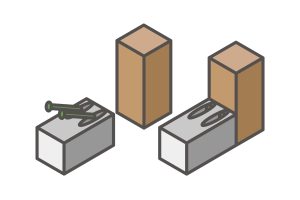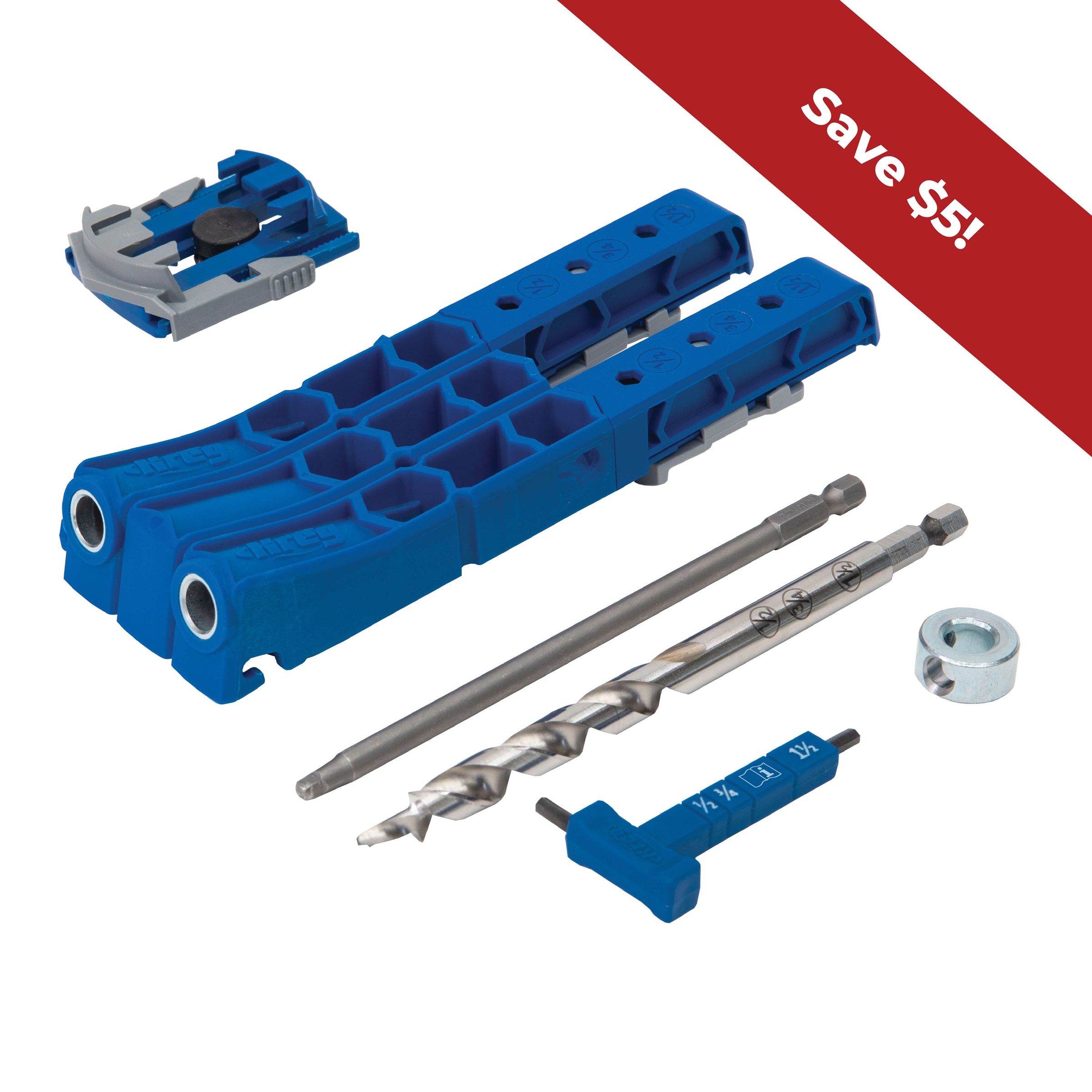One of the most important woodworking skills to master is creating strong and seamless joints. These joints are crucial to the sturdiness and longevity of your projects. Let’s break down the essential tools you’ll need to make your woodworking projects shine.
Essential Joinery Tools Every Woodworker Needs
What tools are used in joinery? Below are the essential joinery tools that every woodworker should consider having in their toolkit. From classic techniques to modern innovations, these tools empower you to create robust and visually appealing connections. Whether you’re constructing furniture, framing, or crafting intricate pieces, understanding the myriad options available empowers you to choose the right tool for each project.
1. Doweling Jigs:
What they do: Doweling jigs help you create perfectly aligned holes for dowels, which are cylindrical pegs that give your joints extra strength.
Pros: Dowels offer precise alignment, making your joints sturdy. Plus, they’re hidden, which adds a touch of elegance to your finished piece.
Cons: Using dowels requires careful alignment during assembly, and they might not be the best choice for heavy-duty projects.
2. Biscuit Joiners:
What they do: Biscuit joiners cut semi-circular slots in your pieces, allowing you to insert oval-shaped wooden biscuits for alignment and connection.
Pros: Biscuits make aligning edges a breeze and create flat joints. They’re also beginner-friendly.
Cons: Biscuit joints rely on glue alone, which might not be the best option for heavy loads. You’ll also need special biscuits and a cutter.
3. Pocket Hole Jigs:
What they do: Pocket-hole jigs let you use angled screws to discreetly join wood pieces together in a variety of joints.
Pros: Pocket-hole joinery is fast, beginner-friendly, and creates strong joints. The screws provide solid holding power.
Cons: The visible screws might not suit all projects.
4. Mortise and Tenon Tools:
What they do: Mortise and tenon joints involve creating a hole (mortise) in one piece and a projecting piece (tenon) in another.
Pros: Mortise and tenon joints are incredibly sturdy and versatile, suitable for various woodworking projects.
Cons: Crafting these joints takes skill and patience, and it can be time-consuming compared to other methods.
5. Dovetail Jigs and Saws:
What they do: Dovetail joints are famous for their interlocking trapezoidal pins and tails, which make joints both strong and visually stunning.
Pros: Dovetail joints are exceptionally strong and look fantastic. Dovetail jigs ensure precise cuts.
Cons: Learning to create hand-cut dovetails takes practice, and jigs might have a learning curve. Plus, they can limit your design flexibility.
![]()
What is the best wood joining tool?
The pocket hole jig often stands out as the top choice for many woodworkers. It’s beloved for its versatility, ease of use, and impressive results.
Why?
Efficiency and Speed:
Pocket-hole joinery is lightning-fast, making it a go-to for pros and beginners alike.

Beginner-Friendly:
It’s super simple to use, making it perfect for newbies.

Strong and Reliable Joints:
Despite their simplicity, pocket-hole joints are incredibly strong and can handle a lot of weight.

Versatility:
You can use it for all sorts of woodworking projects, from cabinets and frames, to repairs and much more.

Hidden Fasteners:
The screws are hidden, so you don’t have to worry about unsightly nails or screws on your beautiful wooden creations.

Enhanced Productivity:
It’s efficient, which means you can focus on the creative side of your projects.

There you have it! The pocket-hole jig is like your woodworking buddy, helping you create strong and beautiful joints without breaking a sweat. Whether you’re just starting out or you’re a seasoned pro, it’s a must-have tool for your woodworking adventures.







